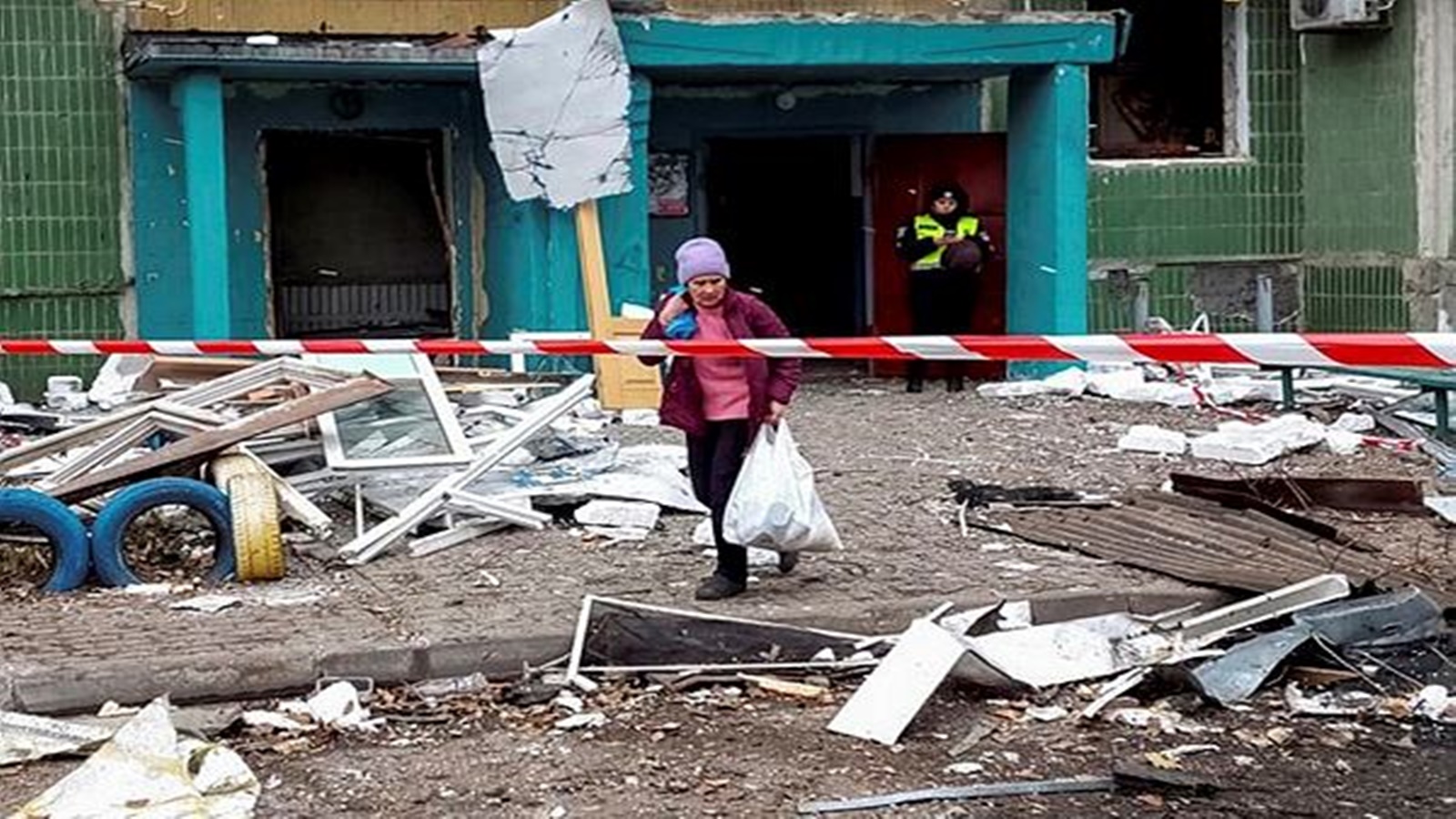As the conflict between Russia and Ukraine reaches its 1,000th day, the war stands as Europe’s deadliest since World War II, leaving human and economic scars on both sides.
Human Toll
Civilians have borne the brunt of the war, with the United Nations reporting at least 11,743 deaths and over 24,600 injuries as of August 2024. Ukrainian prosecutors say of the casualties, 589 children. Officials warn the true toll is likely much higher due to limited access to areas under Russian control.
Soldiers account for the majority of the dead, casualties mounting as two modern armies engage in bloody, large-scale warfare. Estimates of military losses remain state secrets, but Western intelligence believes Russia has suffered far higher casualties, at times losing over 1,000 soldiers a day in intense battles. However, Ukraine’s smaller population leaves it vulnerable to manpower shortages.
Beyond the battlefield, the war has upended Ukraine’s demographics. More than 6 million Ukrainians have fled abroad, while nearly 4 million remain internally displaced. The United Nations estimates Ukraine’s population has shrunk by 10 million—a quarter of its pre-war total.
Territorial Shifts
Russia now occupies roughly a fifth of Ukraine, an area comparable to Greece. This includes much of the Donbas region and the entire Sea of Azov coastline. Early in the conflict, Russian forces captured swathes of territory, but Ukrainian counteroffensives have since slowed the advance.
Frontline cities such as Mariupol have been devastated, with many rendered uninhabitable. In the past year, Russia has consolidated gains in the Donbas, while Ukraine launched limited attacks, including a cross-border operation into Russia’s Kursk region.
Economic Fallout
The war has significantly weakened Ukraine’s economy, which contracted by a third in 2022 and remains 22% below pre-war levels despite modest recovery. Damage to infrastructure reached $152 billion by late 2023, according to assessments by the World Bank and other organisations, with total recovery costs estimated at $486 billion.
Ukraine’s energy infrastructure has suffered repeated attacks, straining its capacity to meet civilian and industrial needs. Meanwhile, the disruption of Ukraine’s grain exports early in the war exacerbated global food insecurity, though exports have since partially recovered.
Defense now consumes 26% of Ukraine’s GDP, with daily military operations costing $140 million, Roksolana Pidlasa, head of the budget committee told Reuters. Ukraine depends on Western financial aid, exceeding $100 billion to date, to sustain its economy and fund social services.
For Russia, the war’s economic impact includes international sanctions, reduced exports, and mounting military costs, though Moscow continues to fund its military efforts.
As the war enters its fourth year, the human and economic toll continues to climb, with neither side showing signs of a decisive breakthrough. The conflict has reshaped the region’s political and economic landscape, leaving both Ukraine and Russia grappling with its profound consequences.
(With inputs from Reuters)
🗳️ Click here for the latest news and updates from the US Presidential Elections 2024


